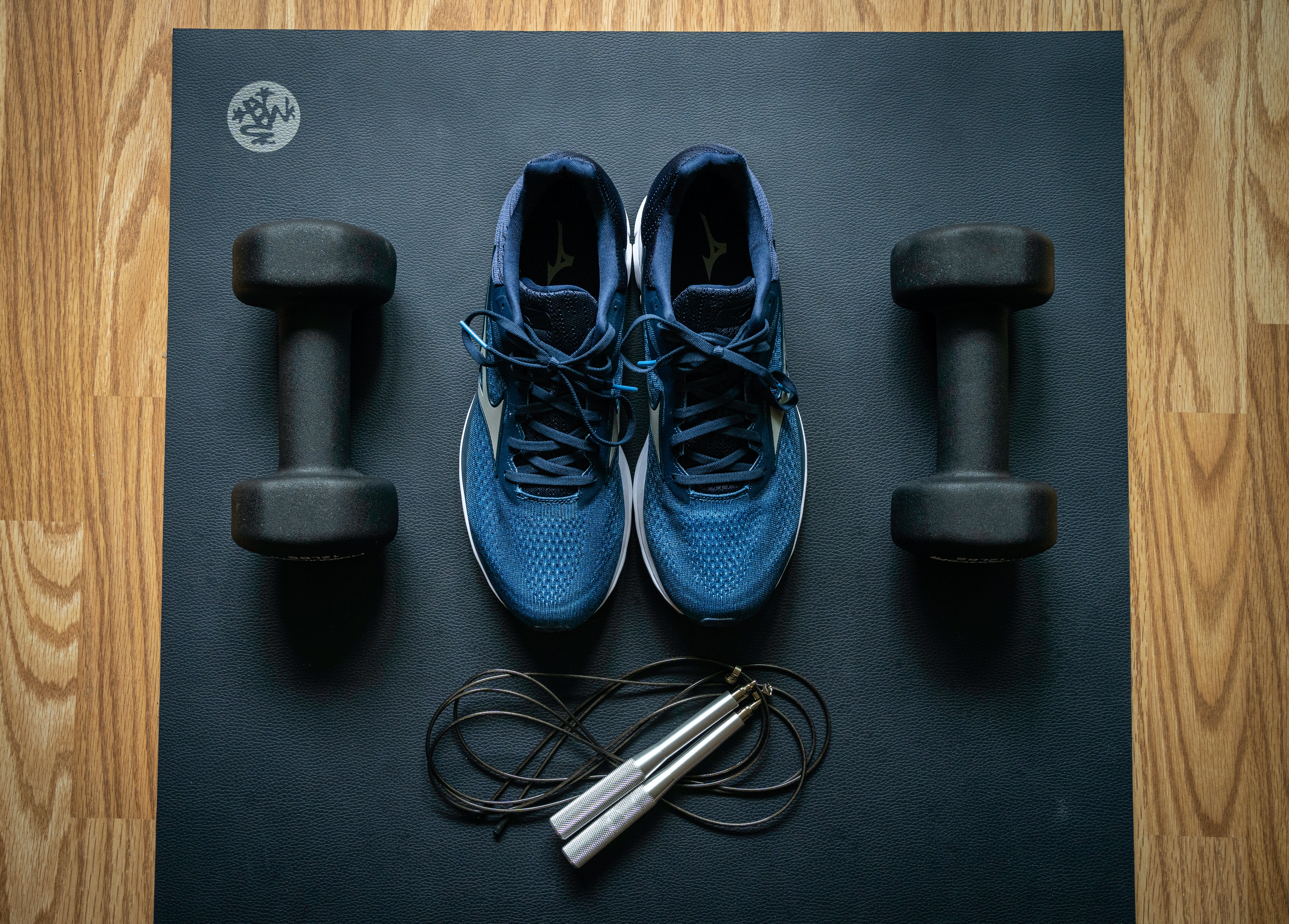 Photo by jesse orrico
Photo by jesse orrico
February is all matters related to the heart, it not only marks Valentine’s Day, but also American Heart Month. February was declared American Heart Month in 1964 by President Lyndon B. Johnson. To understand how we can make our hearts healthy and prevent heart disease, we need to understand what heart disease is, risk factors of heart disease, and how to adopt a heart healthy lifestyle in an attempt to prevent heart disease.
Heart disease or cardiovascular disease is a general term which means disease of the heart and blood vessels. Coronary artery disease occurs when there is narrowed or blocked blood vessels that can affect blood flow to the heart. A heart attack can occur when blood flow is severely reduced or blocked. Symptoms of heart attack may not be clear cut and may range from chest pain, sometimes an “elephant” sitting on your chest, shortness of breath, jaw pain, dizziness, sweating, nausea, heartburn, stomach pain, or flu like symptoms.
Risk factors of heart disease include high blood pressure, high cholesterol, lack of exercise, diabetes mellitus, blood clots, stress, unhealthy diet, obesity, smoking, second hand smoke, genetic risk factors, and age over 65 years.
80% of heart disease is preventable so we all can all do a little something to improve our chances, it does not have to be all at once, but pick one or two things to work at and then pick another, you will be moving in the direction to love your heart.
Tips to lead a heart healthy lifestyle
Get active and stay active
- American Heart Association recommends 150 minutes a week of moderate intensity exercise. This may not always be possible, but exercise in any form, even as simple as going for a walk helps
- Sit less(don’t forget about sitting disease)
- Spending time outside in nature can be a plus and can reduce stress and lower cortisol level
Evaluate your risk factors with the help of your doctor
Going to the doctor helps take care of preventive measures, you can get checked for elevated cholesterol, diabetes, high blood pressure and come up with a game plan.
- High cholesterol
- extra cholesterol enters your body when you eat foods high in trans-fat and saturated fat. Too much bad cholesterol(LDL or low-density lipoprotein) causes plaque to form on artery walls(leading to a term called atherosclerosis)
- Goal: Total cholesterol should be less than 200 mg/dl, work on increasing your good cholesterol(HDL or high density lipoprotein)
- High blood pressure
- can strain the heart
- Goal: blood pressure should be less than 120/80 mmHg
- lower blood pressure will decrease the force/strain on the heart and arteries and can prevent heart attacks and strokes
- Diabetes mellitus
- high blood sugars damage blood vessels and nerves
- Maintain a healthy weight
- Obesity leads to major risk factors for heart disease and more
- Goal: maintain a waist circumference less than 35 inches for women and 40 inches for men
Eat healthy
- reduce trans-fat highly processed fats that clog arteries and raise LDL and lower HDL
- avoid processed foods-margerine, fried food, snack foods
- eat lots of fresh fruit and vegetables, nuts, high fiber diet, olive oil(good fat)
Good dental hygiene
- bacteria in mouth can cause gum disease and move to blood stream
- floss daily and brush twice daily
- eating leafy greens and fiber can also give better oral hygiene
Manage stress
- chronic stress increases inflammation and increases potential of cardiovascular disease
- things you can do: meditation, yoga, breathing exercises, laughter, physical contact
Sleep better
- people who sleep fewer than 6-8 hours a night are twice as likely to have a stroke or heart attack
Quit smoking and avoid second hand smoke
Educate your family and friends and know your family history
 Photo by
Photo by  Photo by
Photo by  Photo by
Photo by  Photo by
Photo by  Photo by
Photo by  Photo by
Photo by  Photo by
Photo by  Photo by
Photo by